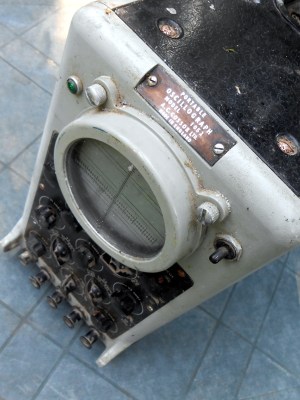You’d think that a synthesizer that makes as much noise and sports as many knobs as this one would have more than a dozen transistors on board. Surely the circuit behind the panel is complex, and there must be at least a couple of 555 timers back there, right?
But no, the “Box of Beezz” that [lonesoulsurfer] came up with is remarkably simple. It takes inspiration from a [Look Mum No Computer] circuit called the “Circle Drone of Doom,” which used six switchable relaxation oscillators to make some pretty cool sounds. The Box of Beezz steps that up a bit, with four oscillators in three switchable banks in the final version. Each oscillator has but one transistor with a floating base connection and a simple RC network on the collector. The sawtooth outputs of these relaxation oscillators can be adjusted and summed together, resulting in some surprisingly complex sounds. Check out the video below for a bit of the synth’s repertoire — we’d swear that there are points where we can hear elements of the THX Deep Note in there.
We poked around a bit to understand these oscillators, and it looks like these qualify as avalanche relaxation oscillators. [lonesolesurfer]’s notes indicate that SS9018 transistors should be used, but in the photos they appear to all be 2N4401s. We’re not sure how long the transistors will last operating in the avalanche mode, but if they quit, maybe some neon tubes would work instead.
Continue reading “Relax And Enjoy This Simple Drone Synthesizer”



















